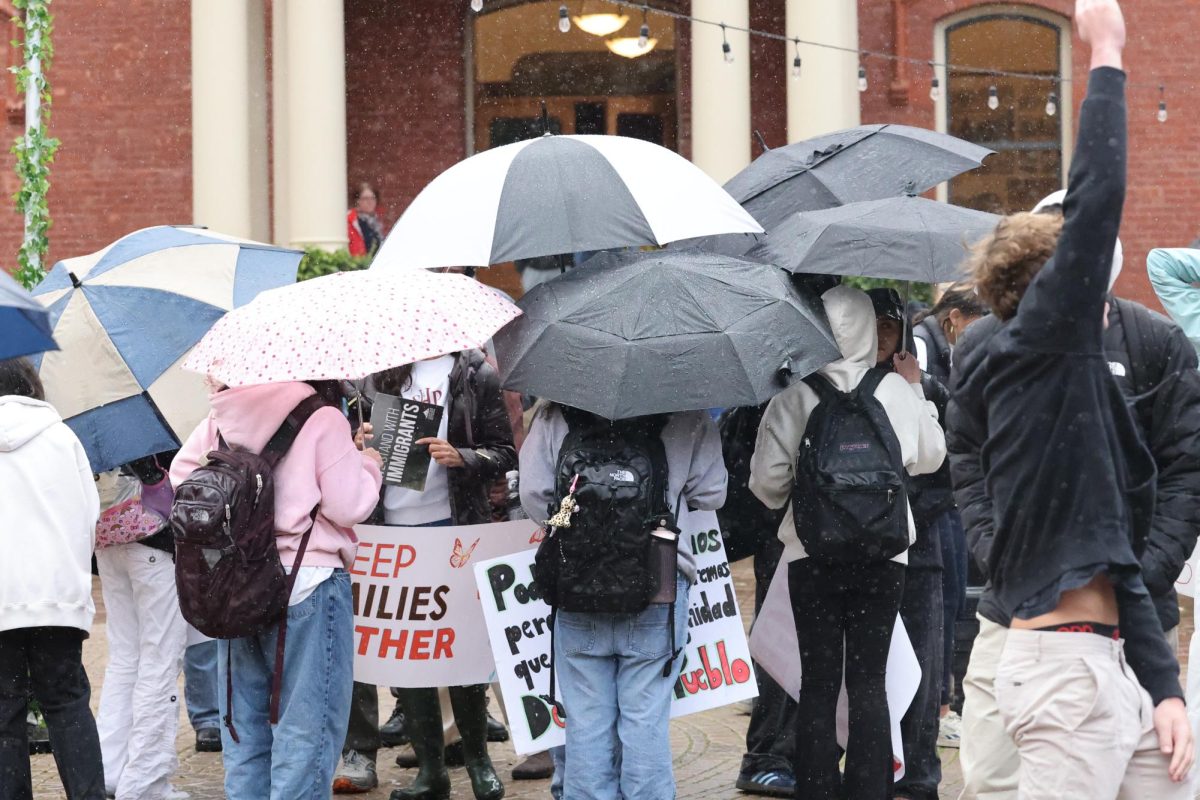On June 29th, 2023, the Supreme Court (SCOTUS) deemed the use of affirmative action in college admissions to be unconstitutional. Affirmative action is the use of policies that try to increase diversity through using race as a factor in the selection of candidates. The case, Students for Fair Admissions v. Harvard and the University of North Carolina at Chapel Hill, argued that affirmative action led to discrimination against Asian American students. SCOTUS decided 6-3 and 6-2 respectively in favor of Students for Fair Admissions, finding that affirmative action violated the Fourteenth Amendment Equal Protection Clause (Inside Higher Ed).
When this decision was announced, many admissions counselors and administrators suspected it would lead to a decline in enrollment of underrepresented racial minorities in elite universities. Immediately, discussions sprang up surrounding other possible ways to be able to maintain diversity on campus, such as weighting geography, where admissions counselors would take student’s home counties and neighborhoods into greater consideration (News Observer).
Now, a full year after the decisions, the data from last year’s admissions cycle has begun to come out, informing us of what an admissions cycle without affirmative action looks like. At MIT, the number of students that identify as Black, Hispanic, Native American, or Pacific Islander has decreased from 25% to 16% of incoming freshmen. The demographics of white students remained essentially unchanged at around 37%, while the enrollment of Asian American students jumped from 40% to 47%. Similar trends were observed at other universities: the enrollment of BIPOC students at UNC Chapel Hill dropped by 5%; Amherst saw a drop in enrollment of Hispanic students of 4% and a drop in black students of 8% (Inside Higher Ed).
An interesting divergence from this trend can be seen in the case of Duke, where the number of black and hispanic students rose by 1%, while white and asian enrollment fell by a combined 7% (Inside Higher Ed). A possible explanation for this could be Duke’s new financial aid system that was rolled out a few weeks before the overturning of affirmative action, as well as their new plan for recruiting students from the Carolinas. This exception suggests that there are successful alternative methods to affirmative action that could be used to increase diversity of campus.
Ultimately, there is not enough data at the moment to conclusively determine the effects of a lack of affirmative action. While the aforementioned demographics data has been released, there’s yet to be data on applicants and admitted students, only those who confirmed their attendance. Still a clear picture is painted—one where in the supposed pursuit of ‘fairness’, historically marginalized and underrepresented students have been deprived of the opportunity to access elite institutions. Furthermore, if college admissions are really supposed to be a ‘meritocracy’ now, there is no reason for processes such as legacy admissions to exist, which simply gives a boost to students who already have extensive resources at their disposal.
Justice Sotomayor perfectly sums the current crisis up in her dissenting opinion, stating, “in so holding, the court cements a superficial rule of colorblindness as a constitutional principle in an endemically segregated society where race has always mattered and continues to matter,” (Washington State Standard). While race is no longer able to be taken into account for admissions, prospective students are still heavily affected by the lack of support and opportunity that comes hand in hand with systemic racism and oppression, which is why the number of black and brown students have dropped so heavily at elite colleges. And while some may argue this drop and its reciprocal rise in the enrollment of white and Asian students shows that affirmative action did discriminate against certain students, I argue that instead it just depicts the differing amount of college application resources available for these groups. In a nation where in 2021, white households had a medium net worth of $250,400 and Asian households had a median net worth of $320,900, while Black and Hispanic households had median net worths of $27,100 and $48,700 respectively, it’s obvious that some demographics are given a clear advantage (Pew News).
As the current seniors already know, and juniors will soon learn, Sacred Heart gives a lot of support to students for college admissions. Unfortunately, many students in America are not so lucky. Affirmative action used to apply the necessary boost to ensure that talented students didn’t get lost in the system, but that’s no longer an option for them. As such, it’s imperative that colleges are able to use the data that’s coming out to try and find viable alternatives to keep diversity on campus.
Life After Affirmative Action
0
More to Discover
About the Contributor
Brooke Soderbery ‘26, HeartBeat Editor-in-Chief, Website Lead













